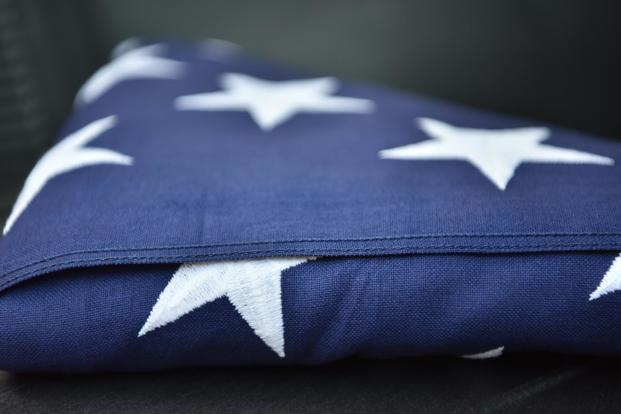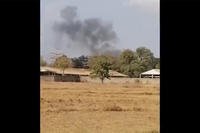ATLANTA — DNA analysis has helped scientists identify the remains of a U.S. Army soldier from Georgia who was killed during the Korean War, U.S. officials announced Wednesday.
Scientists used mitochondrial DNA along with a chest X-ray and other tools to identify Army Sgt. 1st Class James L. Wilkinson late last year, the Defense POW/MIA Accounting agency said in a news release. Wilkinson was from Bowdon, a town near the Georgia-Alabama state line about 50 miles (80 kilometers) west of Atlanta.
He was 19 when he went missing in September 1950 during fighting along the Naktong River near Yongsan, South Korea. He was presumed dead but his body could not be immediately recovered, according to the accounting agency news release.
The Army began recovering remains from the area in 1951. Wilkinson's body was initially declared unidentifiable and was buried along with other unknown remains at the National Memorial Cemetery of the Pacific in Honolulu.
They were dug up in 2019 as part of a plan to try to identify 652 sets of remains from the Korean War.
Wilkinson will be buried on Sept. 16 in Barrow County, Georgia, the accounting agency said.












